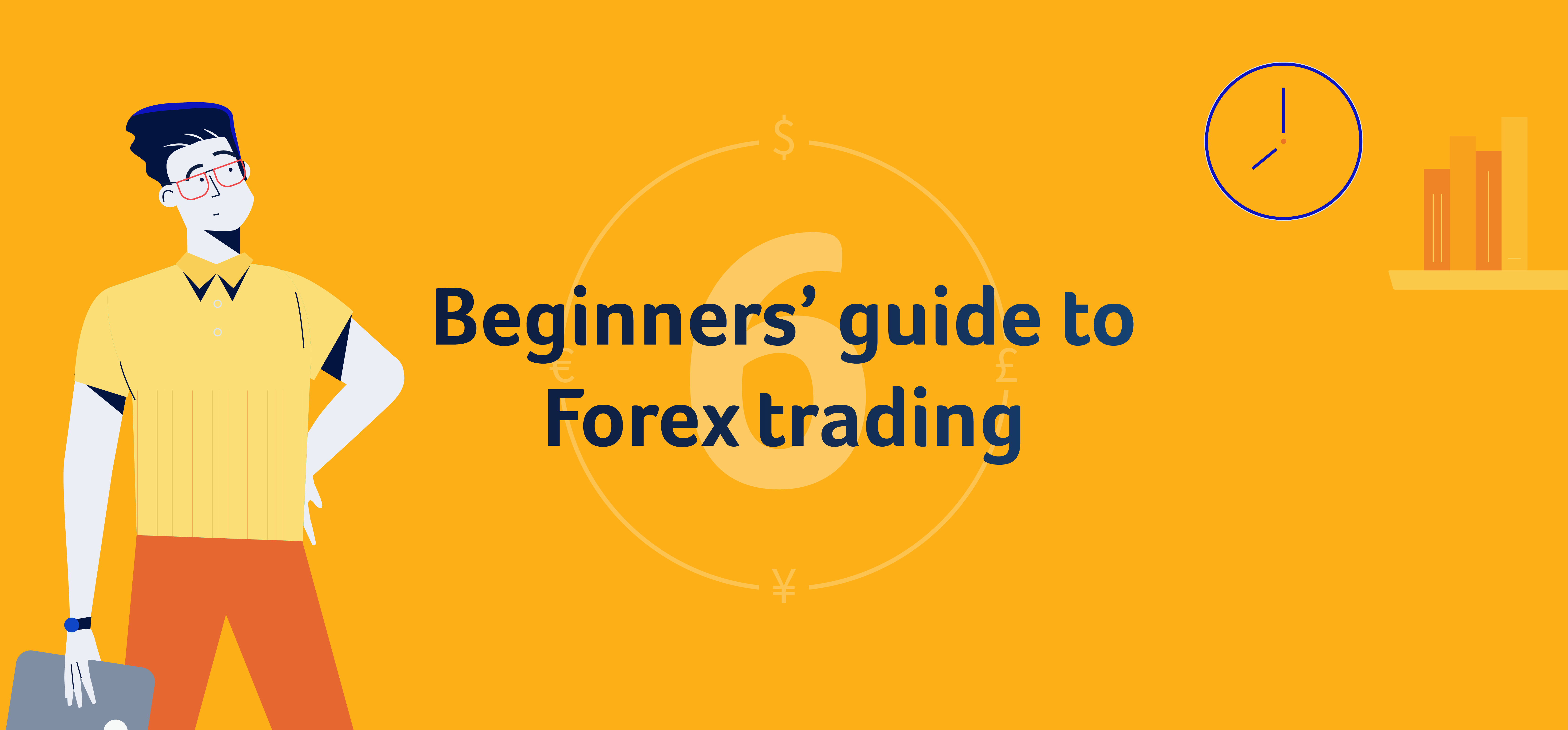How to adopt a trader’s mindset
When beginning your forex trading journey, it is important that you adopt a trader’s mindset.
Adopting a trader’s mindset will help you devise and commit to an effective trading plan.
Trading Plans
An effective trading plan is not just about making money, it’s about building processes that will make your trading profitable in the long run.
Trading plans include devising trading strategies or techniques and can be repeated with lots of backtesting.
Backtesting is key to ensuring the previous success of your trading strategy but is by no means a guarantee for future performance. Backtesting simply helps you to increase your chances of success!
A trading plan further requires self-discipline patience and an acceptance of tolerated risk with effective money management techniques.
We will cover these subjects in a little more detail, but this is by no means an exhaustive list.
The more weapons you have in your trading arsenal the greater your chances of becoming a successful forex trader.
But first things, first: what kind of trader do you want to be? (Other than just a profitable one of course…)
What type of trader will you be?
To decide what type of trader you want to be, think about what interests you about financial markets most: what would you enjoy studying or analyzing daily to highlight or discover possible trading opportunities?
There really is no correct answer to this question. It is about what YOU enjoy!
Some traders enjoy technical analysis, highlighting candlestick patterns and formations, then backtesting the success ratios of such patterns. Others are bored by the prospect of technical analysis.
That’s why some traders focus on news-driven trading opportunities, whilst others focus on macro data or central bank policies.
There are a host of trading styles that could be used individually or in combination to complement each other.
Some technical analysts love charts as they enjoy price action without emotional influences.
Others will combine technical analysis with macro releases to strengthen possible trading opportunities.
Like we said, there a host of trading styles and methods but it is a good idea to choose an aspect (or several) that you enjoy and will enjoy daily!
You probably already have an idea of what motivates you to become a forex trader. Make sure to educate yourself in financial markets and backtest as much as possible to put your plan into action!
What’s your trading plan?
A prudent way to backtest and to create a trading plan is to paper trade or use a demo account.
Paper trading is the traditional term given to the process of testing your trading strategy without using real money. Back in the day, this would have involved noting ‘trades’ on paper without risking your capital. Nowadays, we offer demo accounts to make this process easier for you whilst allowing you to familiarise yourself with our trading software.
Backtesting also allows you to evaluate subsequent moves following trade executions, with a view to creating ‘stop loss’ (SL) and ‘take profit’ (TP) levels.
A stop loss (SL) is an order attached to your open position that limits your losses. Once the market gets to your stated stop loss level your position is closed, limiting any further losses. A stop loss is triggered when the market goes against you.
A take profit, also referred to as a limit order, is an order attached to your open position that confirms the level you wish to ‘take profit’ and close your position. A take profit order is triggered when the market moves in favor of your open position.
Define your stop loss (SL) and take profit (TP)
Having your SL and TP in place is something all traders should do before opening a position.
Opening a position without knowing the potential profit you wish to make, or the potential loss (risk) you are willing to accept is risky at best.
There are various ways to do this, for some it’s easiest to create ratios such as a 3:1 win to loss. How much risk you are willing to accept and how much profit you are looking to make though, is ultimately up to you and varies from trader to trader.
Alternatively, you could use market factors such as the Average True Range (ATR), which gives you the average range of the currency pair for the timeframe you are looking at.
The latter can be useful to determine whether the SL and TP you are aiming for are achievable. For example, should you have a TP of 150pts from your opening level, but the AVR is 50pts, it is less likely to achieve the TP you are aiming for given the AVR. (Please remember that these are just two random examples and not advice, make sure to use your own SL and TP levels when trading).
So, after successful backtesting and paper trading using a demo account, you want to put your trading into action in a live environment.
This can be a daunting prospect for any novice trader, but do not fear there are several traits that successful traders adopt. Let’s dive into those now!
- Risk & money management
We have combined these two aspects, as they should be very closely linked to your trading plan.
Risk management is the process of evaluating and understanding risk, allowing you to mitigate or lessen potential risks.
This should be true when trading.
We’ve mentioned SL and PL so many times because they are helpful when opening a new position.
To understand your risk, you should have evaluated and know the following:
- Possible success rate (win ratio in backtesting)
- Profit if successful (take profit)
- Loss if unsuccessful (stop loss)
These three factors state your level of accepted risk and your risk/reward ratio.
Risk/Reward Ratio is simply what you are willing to risk to make ‘x.’
This leads us to the money management of your account.
When beginning your trading journey money management should be as simple as ‘not risking too much capital on any single trade.’ As you gain experience your risk appetite may change. At the end of the day, money is at risk with any trade or investment, so be upfront and honest about how much risk you are willing to accept.
Money management varies from one trader to the next, some risk 1% of their account per trade, others 3%, 5% or more. High risk should be based on a very well-founded trading strategy, which could be years in the making. Remember, your capital is always at risk and with margin accounts and leverage comes even higher risk.
- Discipline and patience
Most, if not all, successful traders will tell you that discipline and patience are key to the implementation of a successful trading plan. To achieve success (i.e. be profitable!) in the long term you will need discipline and patience.
Having created and devised a trading plan you need to be brave enough to commit to it.
Committing to a trading plan is about waiting, evaluating and executing when required.
Waiting for trading opportunities is a bit like fishing, you need to be patient.
You won’t get a bite every time your cast out, and even if you do there’s no guarantee you’ll catch a whopper!
As they say, patience is a virtue.
Many a good trading plan has been ruined by periods of inactivity, with trigger happy traders executing trades at random.
Trades initiated without a plan are also less likely to succeed – you’re leaving your chances to luck!
Like fishing, waiting for a trading opportunity may take hours (or even days), but your backtesting should have confirmed this.
Waiting for the right trade is better than trading at will. Having patience and discipline to execute only the trading opportunities you have highlighted will increase your chance of success.
Discipline for many experienced traders means having a ‘stop loss’ and ‘take profit’ order attached to EACH and EVERY trade upon opening.
Committing to a stop loss and take profit from the outset will help you in managing your risk and margin requirements. Many professional FX traders won’t trade without them.
Let’s say you have opened a position based on a trading opportunity you have highlighted. Great!
However, the trade goes against you and nears your stop loss level.
You quickly decide to move your stop loss further away.
The market continues to go against you, you repeat the process.
How do you think this scenario ends in many cases?
From our experience, this is how many novice traders get themselves in a mess very quickly and ultimately decimate their account.
You have created the alert, generated the entry level, you’ve defined your stop loss and take profit levels – COMMIT TO THEM!
The scenario of dealing with a losing trade brings me on to the next trait of a successful trader’s mindset:
- Psychology
What happens if your first trade is not successful? Do you quit?
Sticking to your trading plan, including stop losses and take profits, can be mentally very tough, certainly if you get off to a rocky start. But, if your backtesting is correct, committing to your plan will increase your chances of success.
If a trade is unsuccessful, use it as a chance to learn why it didn’t work out.
Not every trade during your backtesting would have been a winner, maybe 70% were, but that means 30% may not have been.
Learn why the 30% were unsuccessful, maybe you can refine your strategy and improve your success ratio.
Was your trade in profit initially, but then it moved against you?
Was your take profit too far away? Was your stop loss too tight?
Evaluating and documenting why a trade was not successful will improve your future trading success rate.
Are you ready to trade FX?
We hope this series of articles has helped you understand FX trading better. For new traders, it is advisable to start small. Begin by putting your trading into practice with smaller trades.
In short, it’s good to remember these three things;
- Understand what risk is acceptable to you.
- Forex trading is based on leverage, so there is an additional level of money management required.
- Use stop losses and take profits when opening a position and commit to them!
We hope you found these mindset traits useful. Here’s to a great start in your forex trading journey


